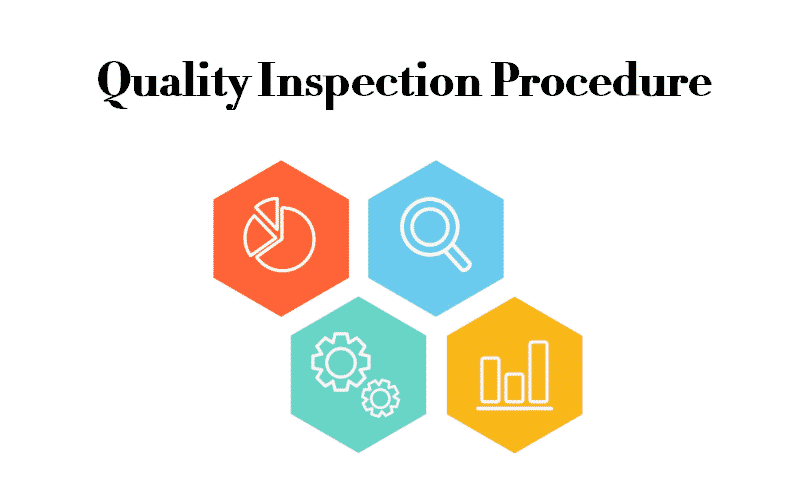In the fierce market competition, enterprises will eventually disappear in the update iteration if without excellent product quality, which is the most difficult to control and the most prone problem. Therefore, it’s critical to learn about every step of quality inspection and carry out quality control seriously. In this article, let’s take a look at the basic quality inspection procedure and process.

Quality Inspection Procedure - Steps and Process of Quality Inspection
Quality control is a broad concept and inspection is one aspect of it. When we focusing on the product quality inspection or check, what should we do and how to start with?
1. Preparation for inspection
Be familiar with the requirements, select the inspection method and formulate the inspection specification. First of all, learn about the quality characteristics and contents specified in the inspection standards and technical documents, and determine the measurement items and quantities. For this reason, sometimes it is necessary to transform the characteristics into physical values that can be directly measured; sometimes it is necessary to take indirect measurement method to get the required value after conversion; and some it needs to have a standard sample as the basis for comparative measurement. What should you do in this stage?
– Determine the inspection method.
– Select the measuring instruments with precision and accuracy suitable for the inspection requirements and the equipment for testing and chemical analysis.
– Determine the conditions of measurement and test.
– Determine the pass or fail criteria.
– Determine the quantity of inspection objects, and determine the sampling plan for batch products.
– Make written regulations on the determined inspection methods and the form of technical documents, formulate standardized inspection procedures, inspection instructions, or draw inspection flow cards.
– In the preparation stage of inspection, if necessary, train and assess the relevant knowledge and skills of inspection personnel to confirm whether they can meet the needs of inspection work.
2. Measurement or test
According to the established inspection method and scheme, to quantitatively or qualitatively observe, measure, and test the quality characteristics of products and other items to be checked, to obtain the required values and results. Before and after the measurement and test, the inspectors should confirm that the inspection instruments and equipment and the samples of the inspected articles are in normal condition, so as to ensure the correctness and validity of the measurement and test data.
3. Record
Record or describe the measurement conditions, measured values and observed technical status in a standardized format and requirements, and keep them as objective quality evidence. Most importantly, record defects if there were. The quality inspection record is the evidence to prove the product quality, so the data should be objective and true, the handwriting should be clear and neat, and can’t be altered at will. If it needs to be changed, it should be handled according to the specified procedures and requirements. The quality inspection record should include not only the inspection data, but also the inspection date and shift, which should be signed by the inspector, so as to facilitate quality traceability and clarify the quality responsibility.
4. Compare and review
The qualified inspector will compare the inspection results with the specified requirements to determine whether each quality characteristic meets the standards, so as to review whether the inspected product is qualified.
5. Confirmation and feedback
Relevant inspection personnel should sign the inspection records and results for confirmation, and give feedback that whether the product (single piece or batch) can be received or released for disposal.
– The qualified products are allowed to be released and transferred to the next operation process or allowed to be put into storage and delivered (sales and use). For unqualified products, repair, rework, concession acceptance, or scrap disposal shall be made according to the degree.
– For batch products, acceptance, rejection, and re-inspection according to the batch quality and inspection results.